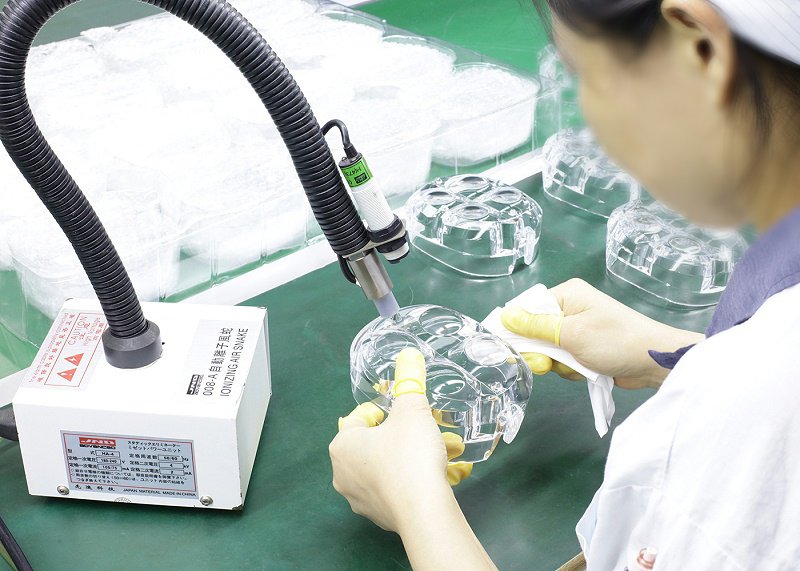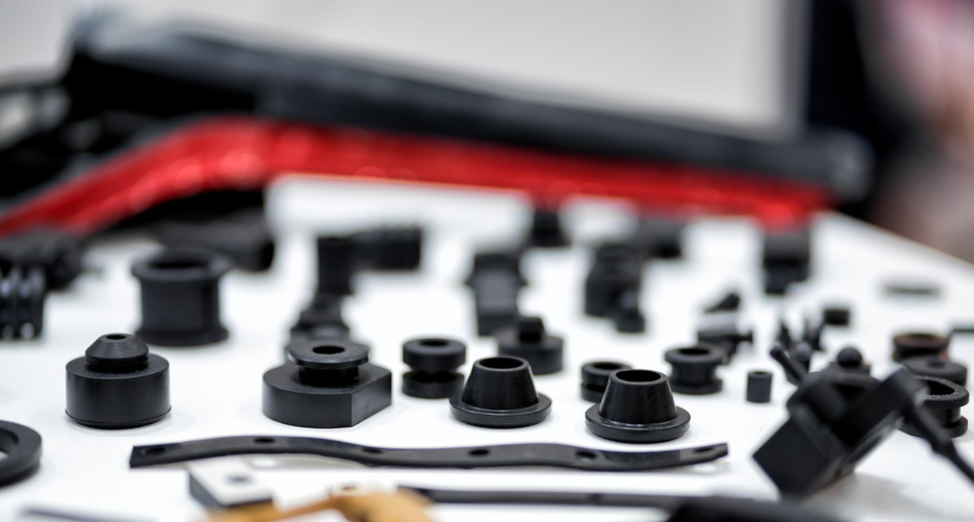Have you ever wondered when plastic injection molding started? It was in the 19th century when plastic injection molding technology began. Our team of researchers has discovered that the first injection molding machine was developed by John Wesley Hyatt, an American inventor, in 1872. Hyatt’s creation was a significant milestone in the history of plastic molding and served as a foundation for today’s technology. As we continue to progress, plastic injection molding has become an integral part of our daily lives, from appliances and electronic devices to medical equipment and even aerospace components. In this article, we’ll provide a detailed history of plastic injection molding, explain how it works, and the benefits it provides.

The Early Days of Plastic Injection Molding
Before the creation of the first injection molding machine, there were various methods for producing plastic objects. These methods included hand-molding, blow-molding, and extrusion processes. These methods were labor-intensive and not efficient to meet the growing demand for industrial products. The invention of the first injection molding machine provided a durable, cost-effective, and efficient way of creating mass-produced plastic products.
The Beginning
The history of plastic injection molding dates back to the mid-19th century when we first discovered the properties of cellulose. Cellulose was initially used to manufacture billiard balls, but there was a significant problem. Billiard balls would often crack and break, which led to intense competition to find a material that could replace cellulose.
Enter John Wesley Hyatt, who invented celluloid in 1868, a material that could be molded into various shapes. Although celluloid was initially used for billiard balls, it opened up a whole new world of possibilities for manufacturing.

Injection Molding Emerges
Injection molding, as we know it today, emerged in the 1920s. In 1926, A German inventor named Johannes Gumplowicz developed a screw injection molding machine. This machine allowed for faster production of plastic parts and was an essential breakthrough in the plastics industry.
In the following years, plastic injection molding machines were further improved, and the process became more efficient and cost-effective. The technology also made it possible to produce a wide range of products, from toys to medical devices.
Modern Injection Molding
Today, plastic injection molding is ubiquitous in manufacturing worldwide, and it’s hard to imagine the manufacturing landscape without it. The technology has continued to evolve over the decades, and modern advances have allowed for more precise products that meet even the strictest of standards.
As we continue to advance as a society, it’s likely that plastic injection molding will continue to play a critical role in the manufacturing of essential products.

The Growth of Plastic Injection Molding
During the 1950s, the plastic industry saw significant growth with the advent of new technology and materials. Manufacturers saw the potential for plastic injection molding and began to invest in it, creating larger and more efficient machines that could produce even more complex parts.
In the 1960s, synthetic materials such as PVC, polystyrene, and polyethylene became more popular, and the demand for plastic products increased. The plastic injection molding industry continued to grow, and manufacturers began to use innovative techniques such as gas-assisted injection molding and two-shot injection molding to meet the demand.
Today, plastic injection molding is a well-established manufacturing process used in a wide range of industries. It has become an essential part of modern manufacturing because of its efficiency, accuracy, and cost-effectiveness.

Why Choose Plastic Injection Molding?
There are many reasons why plastic injection molding is a popular manufacturing method. Firstly, it can produce complex parts with high precision, allowing manufacturers to create intricate designs and tight tolerances. Additionally, plastic injection molding is a cost-effective method because it can produce a large number of parts quickly and efficiently.
Moreover, plastic injection molding is highly versatile, allowing manufacturers to create products in multiple shapes, sizes, and colors. The process is also very consistent, ensuring uniformity across the entire product line.
The Advancements in Injection Molding Technology
Since the development of the first injection molding machine, significant advancements have taken place in the technology. Computer-Aided Design (CAD) is the latest innovation that makes plastic injection molding faster, precise, and efficient. Computer simulations are used to monitor mold flow and cooling of the part to ensure optimal performance levels. It also has led to the development of high-performance materials that are more durable, can withstand higher temperatures, and are more resistant to wear and tear.

Benefits of Plastic Injection Molding
Plastic injection molding is a manufacturing injection molding process where heated thermoplastic material is injected into a mold cavity under high pressure. The mold is cooled and solidifies into the desired shape. It is one of the most popular manufacturing techniques for producing high volume and low-cost plastic parts.
High Efficiency and Low Production Cost
Injection molding is a highly efficient manufacturing process that can produce large quantities of parts at a low cost per part. The process utilizes molds that can be designed to produce multiple parts per cycle, which means that the production time is greatly reduced. Injection molding requires minimal labor, which is a big advantage for reducing production costs.
High Quality and Accuracy
Injection molding produces parts with high accuracy and consistency. The process ensures that every part is identical, which means that there is no variation in the quality or appearance of the parts produced. Moreover, plastic molds have high tolerances, which means that they can produce parts with intricate features, such as logos or patterns.
Wide Range of Plastic Materials
Injection molding can use a wide range of plastic materials, including thermoplastics and thermosetting polymers. This flexibility gives designers and manufacturers the ability to choose materials that suit the specific application.

Design Flexibility and Complexity
Injection molding design can produce parts with varying degrees of complexity and design flexibility. The tooling can be designed to produce parts with varying thicknesses, parting lines, and ejector pins. This flexibility allows designers to create parts that meet specific needs and requirements.
Environmentally Friendly
Injection molding is an environmentally friendly process. The materials used in the process are recyclable, and the process itself generates minimal waste. The use of high efficiency machines and the minimal need for manual labor also contribute to reducing overall energy consumption.
Plastic injection molding is a highly efficient and cost-effective manufacturing process that offers numerous benefits for businesses. It can revolutionize your business by increasing productivity, reducing costs, and improving the quality of your product.
Conclusion
Plastic injection molding has come a long way since its inception in 1872. It has revolutionized manufacturing, making it possible to produce vast quantities of parts quickly and accurately. As the technology continues to advance, plastic injection molding will remain a crucial part of the manufacturing industry. With the numerous benefits it presents, it’s no wonder that it’s a top choice for producing high-quality products while protecting the environment.


